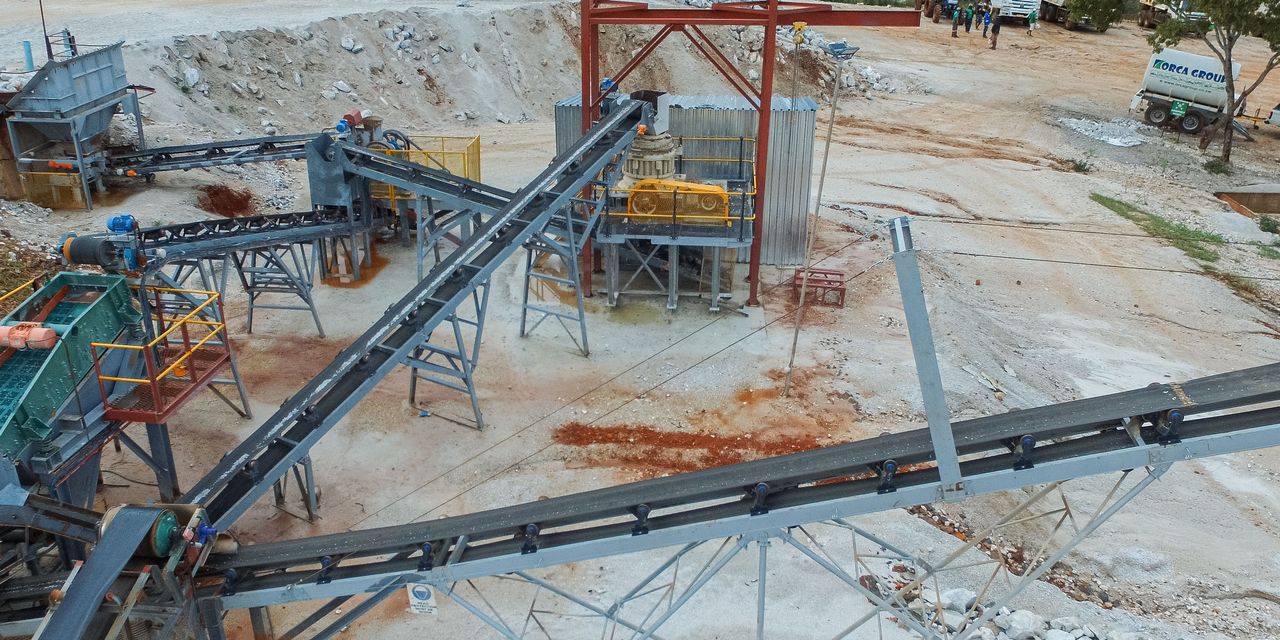
Last year was the year of electric vehicles—global sales are likely to have hit a record, in turn pushing up battery demand. Now too much of a good thing is causing problems: Many key battery materials, including but not limited to processed lithium itself, are in short supply and prices are rising sharply.
Adding to the geopolitical risks for global auto makers is the supply chain concentrated in a country determined to make itself the EV capital of the world: China.
Lithium is the most spectacular example: Prices of lithium carbonate have quintupled in China from a year earlier, according to Benchmark Mineral Intelligence. Other battery materials from nickel to cobalt have also been rising and could remain elevated as new supply will take time to come online. Sustained high costs will eventually pass onto car makers.
The rapid rise in demand for EVs has also created shortages in some lesser known components that go into batteries. For example, Morgan Stanley says supplies of binder material polyvinylidene fluoride or PVDF—used to enable connections between electrodes—will likely be insufficient to meet demand until 2025. The bank says global battery-grade PVDF capacity will more than double between 2021 and 2025—but demand will quadruple. Manufacturers might be able to substitute regular PVDF for battery-grade PVDF to make up some of the shortfall, but that would add cost and take time.
Wet separators, which are placed between a battery’s positive and negative electrodes, are another battery component that could face shortages, according to the bank.
Shortages are adding to already substantial concentration risks regarding China’s dominance in the EV supply chain. The country has three-quarters of the world’s wet-separators market and more than half of that for battery-grade PVDF, according to Morgan Stanley. Most of the mining for materials like lithium and cobalt isn’t in China, but the country dominates the subsequent steps in the value chain.
China in general has more than 60% market share in the chemical processing and refining of critical battery minerals and that might be above 80% for some materials like cobalt and graphite, according to Benchmark. China also mines more than 60% of the world’s natural flake graphite. Companies like Hong Kong-listed Ganfeng Lithium, which supplies lithium compounds to Tesla, have also been expanding upstream, acquiring mines overseas.
While other countries will also invest in more localized supply chains, China’s head start—in part due to years of generous EV subsidies which helped nurture a robust battery supply chain upstream—means it will remain dominant for the next few years at least.
Securing material supplies is also getting more important for car makers. They will increasingly need to either vertically integrate or establish joint ventures with battery suppliers, says Yu Du, research analyst at Rho Motion. Tesla, for example, signed an agreement with Australian miner Syrah Resources this month to secure graphite supply. In a comment to the U.S. Trade Representative supporting the waiver of tariffs on artificial graphite imported from China, the car maker said there are no suppliers in the U.S. that meet its specifications and capacity requirements.
EV sales have been speeding ahead, but the supply chain has a lot of catching up to do. Expect that to cause a lot of headaches for EV makers in the months and years ahead—and potentially geopolitical jitters.
Write to Jacky Wong at [email protected]
Copyright ©2022 Dow Jones & Company, Inc. All Rights Reserved. 87990cbe856818d5eddac44c7b1cdeb8








